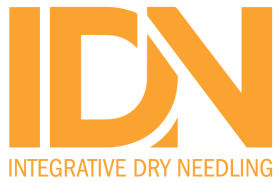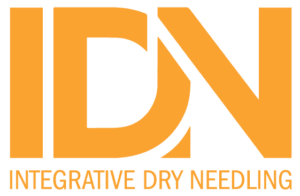Brisement Injection with Physical Therapy: A Novel Approach to Managing Glenohumeral Joint Osteoarthritis
Int J Sports Phys Ther. 2025 Nov 1;20(11):1631-1639. doi: 10.26603/001c.145883. eCollection 2025. ABSTRACT Glenohumeral osteoarthritis (GHOA) presents significant challenges for patients, often


